A large number of 76 countries have been classified as ‘extremely risky’ in terms of child labour complicity for global companies on the Child Labour Index 2012 as per the recent annual study on human rights violations conducted by UK-based risk analysis firm Maplecroft. This represents an increase in global use of child labour from last year with 68 countries categorised as extremely risky. The Child Labour Index, developed by Maplecroft evaluates the extent of country-level child labour practices and the performance of governments in preventing child labour and ensuring the accountability of perpetrators. By doing so, the Index enables companies to identify risks of children being employed within their supply chains in violation of the standards of minimum age of employment. The Index also analyses the risk of involvement of children in work, the conditions of which could have a negative impact on the health, safety and overall wellbeing of child labourers.

The Child labour Index 2012 evaluated the frequency and severity of reported child labour incidents in 197 countries. Maplecroft attributes the increase in global child labour to the economic downturn and the worsening global human security situation that has increased the number of internally displaced children and refugees who are most vulnerable to economic and labour exploitation. Understandably, the countries topping the Index as worst performers are conflict torn and authoritarian states – Myanmar (1), North Korea (2), Somalia (3), Sudan (4), DR Congo (5), Zimbabwe (6), Afghanistan (7), Burundi (8), Pakistan (9) and Ethiopia (10). Challenging economic conditions in many countries due to the financial crisis continuing from 2008, and the consequent reduced donor money for education, etc. have also contributed to more children trapped in work to support their families.
As a region, Africa ‘brims’ with high risk of child labour violations with majority of the countries falling in the categories of ‘extreme’ and ‘high’ risk. Also, as per International Labour Organisation (ILO)’s 2010 Global Report on Child Labour – Accelerating Action against Child Labour, Sub-Saharan Africa requires urgent attention as progress for elimination of child labour has stalled with an increase in the incidence of child labour in both relative and absolute terms.
The Child Labour Index 2012 also ranks large and emerging economies as being extremely risky. Philippines, Viet Nam, Indonesia, Mexico and BRIC countries, i.e., Brazil, Russia, India and China pose extreme child labour risks to supply chains of companies. As per Maplecroft, the risks that these economies pose to companies are distinct as they form critical links within the multinational supply chains. These economies provide a source for a range of materials/goods that companies use in the supply chains of their products, many of which are tainted with child labour violations. Gold and rubber from Philippines, footwear and oil from Indonesia, coffee and tobacco from Mexico, sugarcane from Brazil and cotton, embroidered textiles, gems from India – these are just some examples from the long list of goods produced in these countries using child labour.
According to Maplecroft Human Rights Analyst, “Business can be directly implicated or can be deemed complicit in violations of the prohibition of child labour if children are found to be working within their operations or are used by their suppliers in circumvention of relevant ILO standards. Companies should ensure stringent human rights due diligence within their supply chain is undertaken to reduce the risk of damaged reputations, litigation, investor alienation and consumer backlash.” This is in tandem with the spirit and objective of the California Transparency in Supply Chains Act of 2010. Effective from January 1 this year, the Act requires large retail sellers and manufacturers doing business in California to be transparent in their efforts to eradicate human trafficking and slavery (including child labour) from their supply chains. This Act is likely to impact about 3200 leading global companies with the mandate to make transparent disclosures about their supply sources. Global March Against Child Labour feels that the Act is a commendable step and will help in making multi-national corporations socially responsible in terms of cleaning their supply chains of child labour and other human rights’ violations through consumer awareness and pressure. Global March hopes that other nations will follow suit and bring out similar legislations requiring businesses to be transparent about their global supply chains.
————————–
Sources :
http://maplecroft.com/about/news/child_labour_2012.html
http://maplecroft.com/about/news/country-reports-january9.html
US Department of Labor’s List of Goods Produced by Child Labor or Forced Labor, 2011
http://ncronline.org/news/politics/new-california-law-targets-global-child-labor-slavery
